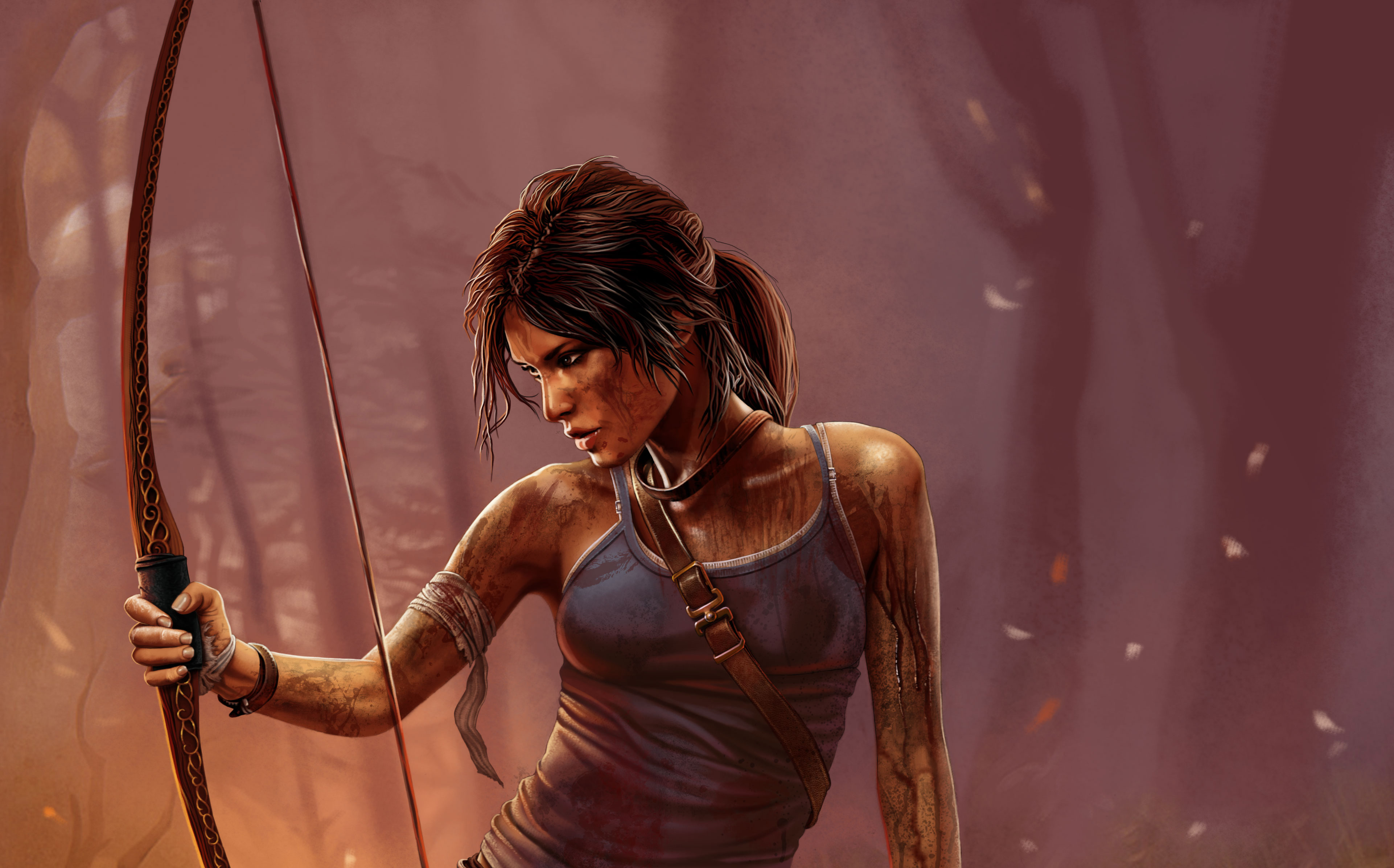The Cradle Of Life: A Comparative Analysis Of Lara Croft Tomb Raider Games

Table of Contents
Narrative and Storytelling: From Origin Story to Modern Icon
The Tomb Raider narrative has undergone a significant transformation. From simple treasure hunts to complex character studies, the storytelling reflects the evolution of the gaming landscape and Lara herself.
The Original Trilogy (Tomb Raider I-III):
The original trilogy established Lara's archetype: a resourceful, athletic, and fiercely independent adventurer. The narratives, while simpler than their modern counterparts, focused heavily on exploration and puzzle-solving.
- Key Plot Elements: Discovering ancient artifacts, outsmarting rivals, and navigating perilous traps were central themes.
- Character Establishment: Lara was presented as a capable and somewhat detached heroine, her backstory largely shrouded in mystery.
- Iconic Locations: The games introduced iconic locations like the Lost Valley and the Egyptian pyramids, fostering a sense of wonder and exploration.
The Reboot Trilogy (Tomb Raider 2013, Rise of the Tomb Raider, Shadow of the Tomb Raider):
The reboot trilogy dramatically shifted the narrative focus. It transformed Lara Croft's story into a coming-of-age tale, emphasizing her emotional growth and struggles for survival.
- Character Arc: We witness Lara's transformation from a naive, inexperienced adventurer into a hardened survivor, grappling with trauma and moral dilemmas.
- Thematic Elements: Survival, resilience, and self-discovery become central themes, replacing the simpler treasure-hunting narratives of the past.
- Realistic Violence: The reboot trilogy presents a more realistic and brutal depiction of violence, further enhancing the immersive and emotionally engaging experience.
Other Notable Games (e.g., Anniversary, Underworld):
Games like Anniversary and Underworld occupy a middle ground, bridging the gap between the original and reboot eras. They refined gameplay mechanics while retaining elements of the classic Lara Croft persona, contributing to the overall narrative evolution of the franchise.
Gameplay Mechanics: Evolution of Exploration and Combat
The gameplay of Tomb Raider has also undergone a significant evolution, reflecting technological advancements and changing player expectations.
Early Gameplay Mechanics:
The original Tomb Raider games utilized tank controls, a feature now considered archaic. The focus was primarily on puzzle-solving, with combat playing a secondary role.
- Key Differences: Limited camera angles, simplistic combat, and a strong emphasis on exploration and environmental puzzles defined the gameplay.
- Puzzle Focus: Many levels presented complex environmental puzzles that required strategic thinking and precise movements to solve.
Modern Gameplay Mechanics:
The reboot trilogy significantly improved the control scheme, implementing a modern third-person perspective and more fluid movement. Combat became more refined and integral to the gameplay experience.
- Enhanced Combat: Improved combat mechanics, including stealth options and a wider range of weaponry, enhanced player engagement.
- Climbing and Traversal: The integration of refined climbing and traversal mechanics broadened exploration options.
- Resource Management: Resource management became important, adding a layer of strategy and survival to gameplay.
Technological Advancements:
Technological advancements dramatically impacted the Tomb Raider experience. From the relatively simple graphics of the original games to the highly detailed and realistic visuals of the reboot trilogy, the evolution is striking. Improved physics engines and AI also greatly enhanced gameplay immersion.
Lara Croft's Character Development: From Icon to Relatable Protagonist
Lara Croft's character development is a cornerstone of the franchise's success.
Early Lara Croft:
The original Lara Croft was an iconic figure, known for her athleticism, beauty, and unwavering determination. However, her character was relatively shallow, often portrayed as a detached, emotionless adventurer.
Modern Lara Croft:
The reboot trilogy humanized Lara Croft, showcasing her vulnerability, emotional depth, and relatable struggles. This shift resonated with players, fostering a deeper connection with the character.
- Personality & Motivations: Lara’s motivations become more complex, driven by personal loss and a desire for self-discovery rather than simple treasure acquisition.
- Relationships: The reboot trilogy established meaningful relationships, showcasing Lara's capacity for connection and emotional growth.
- Impact on the Franchise: This significant character shift broadened the appeal of the Tomb Raider franchise, attracting a wider audience.
Conclusion: The Legacy of Lara Croft and the Future of Tomb Raider
The journey of Lara Croft and the Tomb Raider franchise showcases a remarkable evolution. From the simpler narratives and gameplay of the original trilogy to the complex character studies and refined mechanics of the reboot, the series has constantly adapted and innovated. The "Cradle of Life" theme, while sometimes subtle, weaves its way through the different iterations, consistently emphasizing exploration, survival, and the enduring power of the human spirit. The enduring appeal of Lara Croft and the Tomb Raider franchise lies in its ability to combine thrilling action-adventure gameplay with compelling storytelling and a constantly evolving protagonist. Which Lara Croft Tomb Raider game resonates most with you, and why? Share your thoughts in the comments below!

Featured Posts
-
 Arrest Made In Bomb Threat Case Targeting Scarlett Johansson And Snl
May 13, 2025
Arrest Made In Bomb Threat Case Targeting Scarlett Johansson And Snl
May 13, 2025 -
 Economic Disaster Threatens Spanish Border Towns Following Brexit Deal
May 13, 2025
Economic Disaster Threatens Spanish Border Towns Following Brexit Deal
May 13, 2025 -
 Diskriminacia Pri Prenajme 74 Respondentov Odmieta Romov
May 13, 2025
Diskriminacia Pri Prenajme 74 Respondentov Odmieta Romov
May 13, 2025 -
 Resumption Of Trump Tariffs A European Economic Outlook
May 13, 2025
Resumption Of Trump Tariffs A European Economic Outlook
May 13, 2025 -
 Ostapenko Claims Stuttgart Championship Stunning Sabalenka
May 13, 2025
Ostapenko Claims Stuttgart Championship Stunning Sabalenka
May 13, 2025
